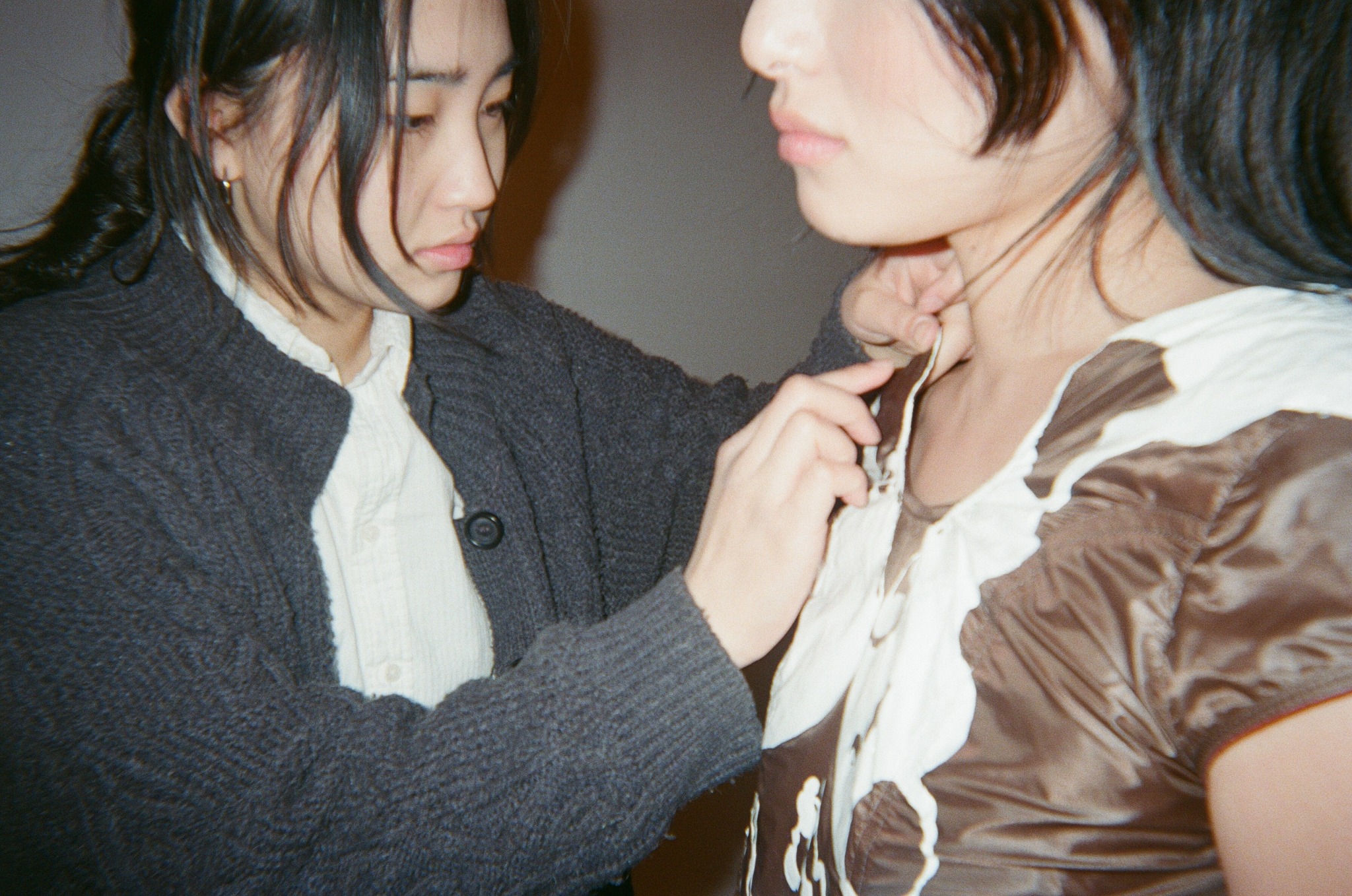Alright – so today we’ve got the honor of introducing you to Esther Park. We think you’ll enjoy our conversation, we’ve shared it below.
Esther, thanks for taking the time to share your stories with us today Can you talk to us about a project that’s meant a lot to you?
The most meaningful project I’ve worked on is my thesis collection, My Swan. It began as a deeply personal reflection on my relationship with my mother, whom I’ve always envisioned as a swan—graceful yet fiercely protective, capable of both nurturing tenderness and primal strength. Growing up in New Zealand, I saw her resilience and quiet elegance as something almost otherworldly, and I wanted to translate that duality into my work.
Designing My Swan pushed me to explore materials in unconventional ways. I crushed pumice stones—native to New Zealand—and coated them in enamel to create beading that looked delicate but felt hard and rough to the touch. This contradiction became a metaphor for protection that can comfort, yet sometimes constrain. In the silhouettes, I combined structured, constricting forms with flowing, airy fabrics to mirror that tension between restriction and release.
The project tested me more than anything I’d done before. Without much precedent to follow, I relied on trial and error, letting the process itself guide me. It was daunting, but also liberating—I learned to trust experimentation and to carve out a material language that was truly my own.
Ultimately, My Swan is meaningful because it allowed me to transform something intimate into something universal. While it was born from my personal memories and one of the deepest relationships in my life, it also speaks to the primal, complicated bonds of family and love—experiences many of us can recognize in our own lives.


Esther, before we move on to more of these sorts of questions, can you take some time to bring our readers up to speed on you and what you do?
I am a fashion designer who was born in South Korea and grew up in the North Island of New Zealand from the age of five. At 18, I moved to New York City with little more than a suitcase and a dream of pursuing fashion design. From a young age, I was immersed in the arts through my mother, who raised me. She had once worked as a nurse but always carried dreams of becoming an artist. Because of her, I grew up surrounded by fine arts, installation, graphic design, and photography. But it was fashion that captured my heart—the idea of creating something wearable that could carry meaning, memory, and emotion.
I taught myself how to design clothes by experimenting with what I had around me—trash, plastics, and found objects—transforming them into prototypes. This curiosity and resourcefulness eventually led me to study in the BFA Fashion program at Parsons School of Design, where I discovered my true love for materiality.
What sets my work apart—and what I’m most proud of—is that my designs are deeply emotional. I strive to translate memory, relationships, and personal experiences into garments in ways that feel both intimate and universal. My thesis collection, My Swan, was the clearest expression of this approach. In it, I developed a technique using pumice stones coated in enamel paint, transforming them into beading that subverts traditional couture methods. These kinds of experimental techniques—where unconventional materials are reimagined as something precious—are what define my creative process.
This work has been recognized by outlets such as WWD Korea, Hypebeast, and Vanilla Issue, but more importantly, it has affirmed for me the importance of designing with honesty and emotion. At the heart of my work is the belief that garments can be more than beautiful objects—they can carry memory, provoke feelings, and serve as bridges between the personal and the universal.
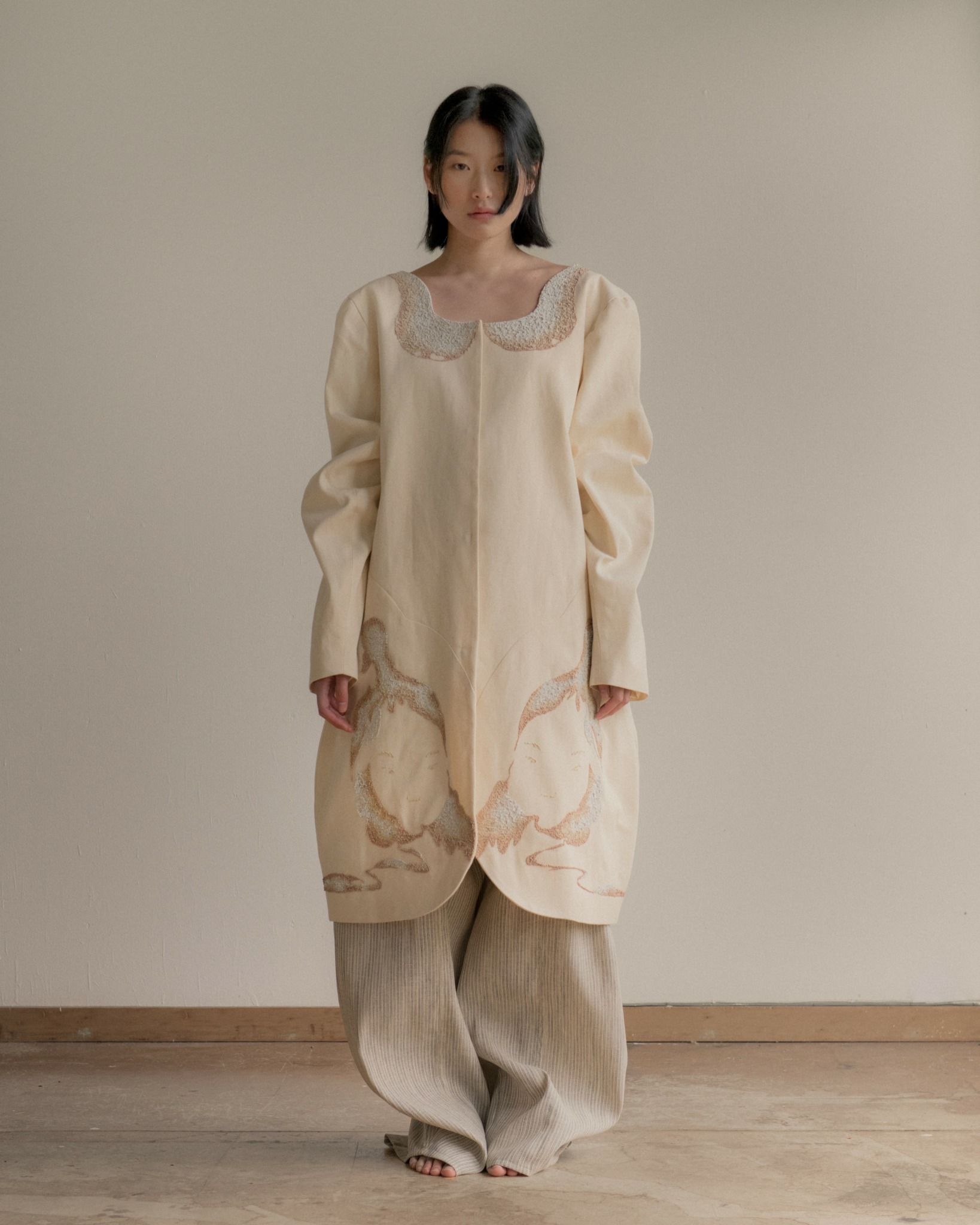
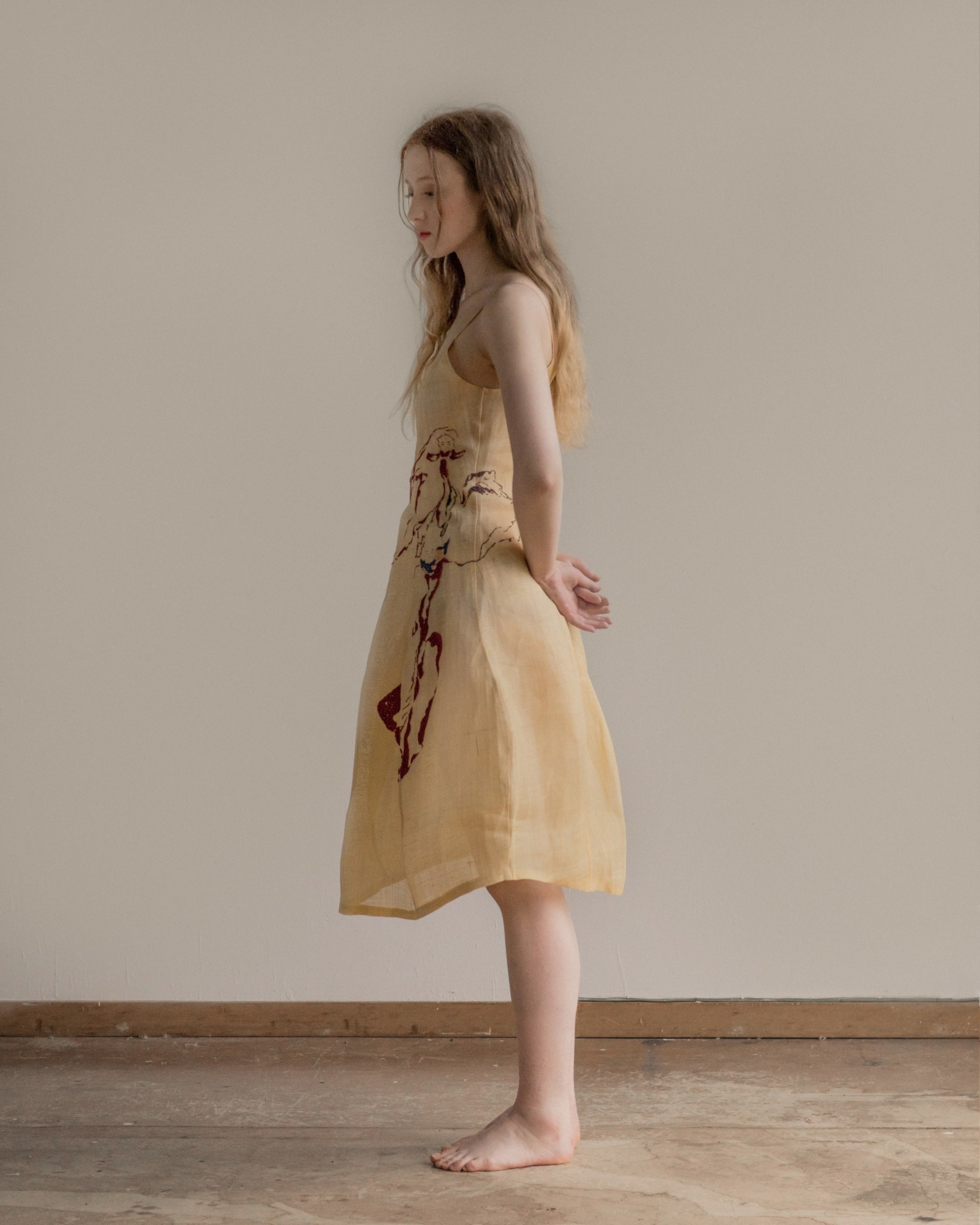
We’d love to hear a story of resilience from your journey.
One of the major struggles I faced growing up in New Zealand was Tall Poppy Syndrome. Because fashion design wasn’t widely embraced there compared to other major cities, I often felt the need to downplay my passion. I had little support, few resources, and almost no one I could share this dream with. My journey was shaped by fear and loneliness—but also by freedom. The freedom to carve my own path and create something that was truly mine.
With no access to resources or mentors, I began teaching myself to create using whatever I could find—trash, plastics, and other unconventional materials. That early experimentation became the foundation of my love for materiality, which I carried with me into my final years at Parsons. There, I developed my own material languages through unconventional objects, bringing my process full circle.
What this experience taught me is that you have to be your own greatest believer and supporter. There are no excuses for not pursuing your dreams. Even in the driest deserts or the harshest storms, the most beautiful flowers can bloom. That resilience is what has carried me forward as both a person and a designer.
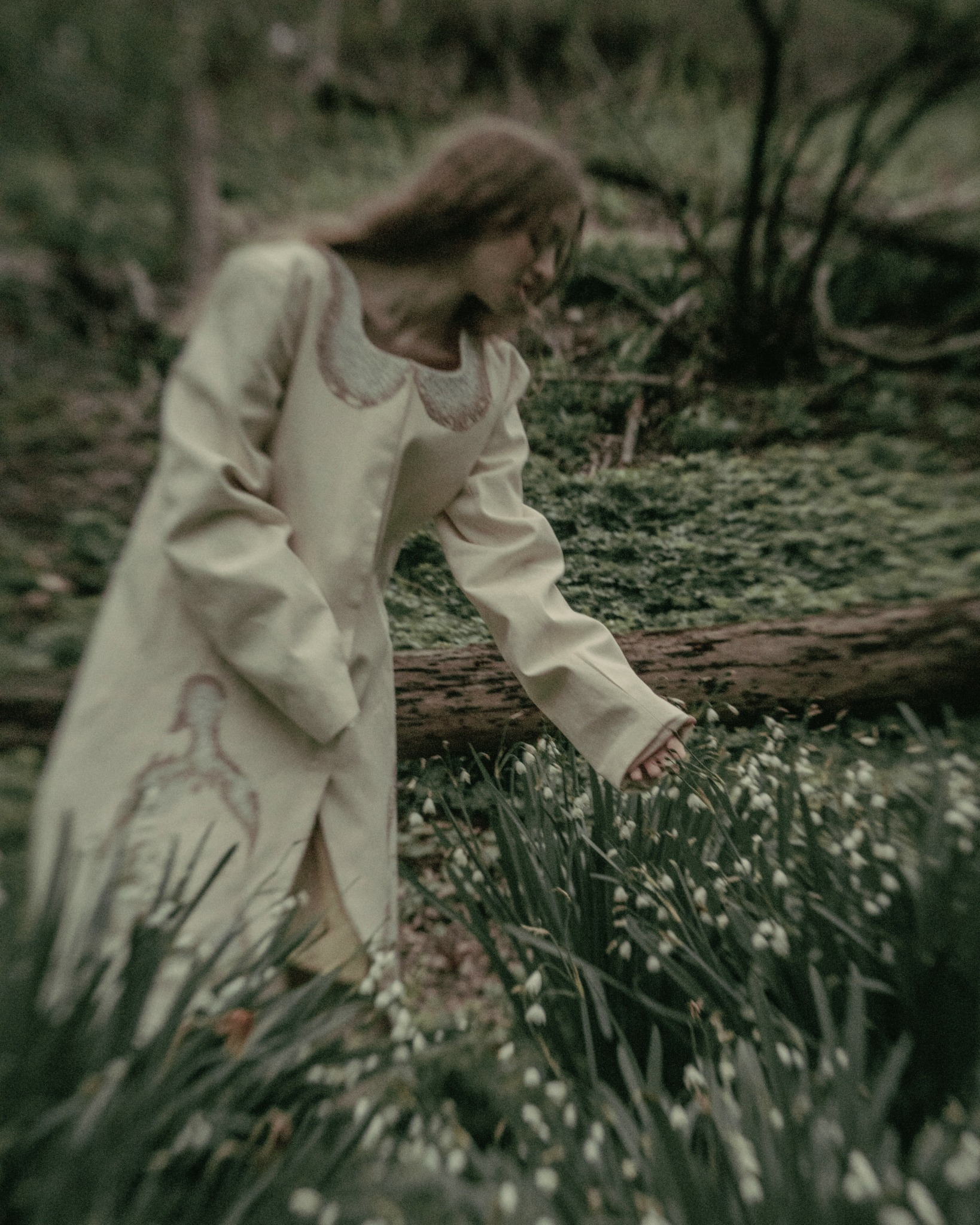
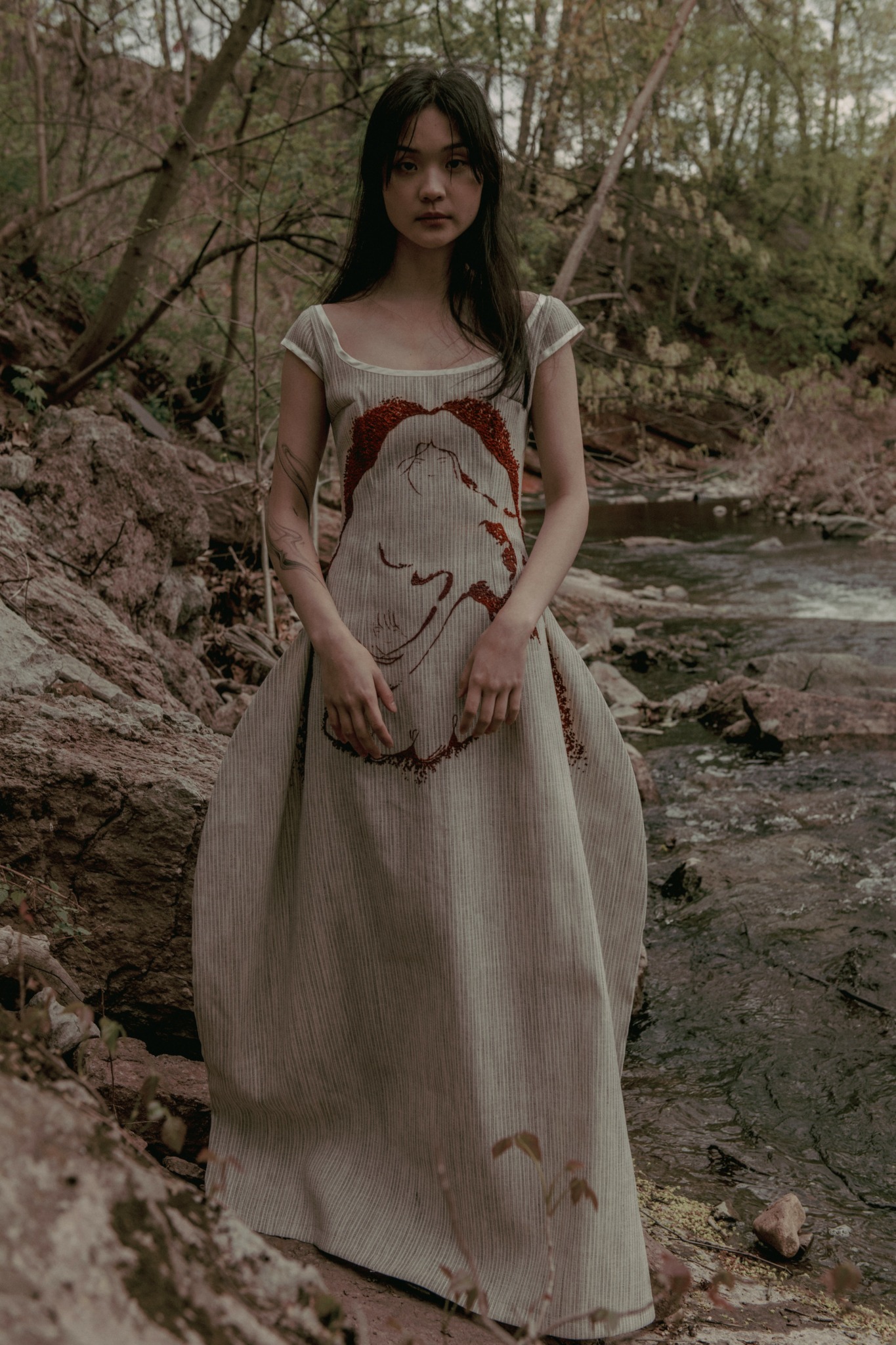
What’s the most rewarding aspect of being a creative in your experience?
I consider myself an emotional designer, and much of my work is rooted in nostalgia. The most rewarding aspect of being a creative is being able to create something that is entirely my own—garments infused with my personal memories and deepest emotions. But the true magic happens when these pieces are experienced by others. When someone wears or encounters my work, the garment becomes a vessel—one that carries my stories yet also invites them to connect with their own.
For me, the most precious part of being an artist is witnessing this unspoken exchange. Something as private and intimate as love, memory, or nostalgia can suddenly become universal, shared in ways that words often cannot express. That quiet but powerful connection is what makes the work so meaningful to me.
Contact Info:
- Website: https://industry.notjustalabel.com/esther-park
- Instagram: estherpark03
- Linkedin: https://www.linkedin.com/in/esther-park-24312a27a
- Youtube: https://www.youtube.com/watch?v=QPC_piYLz9g
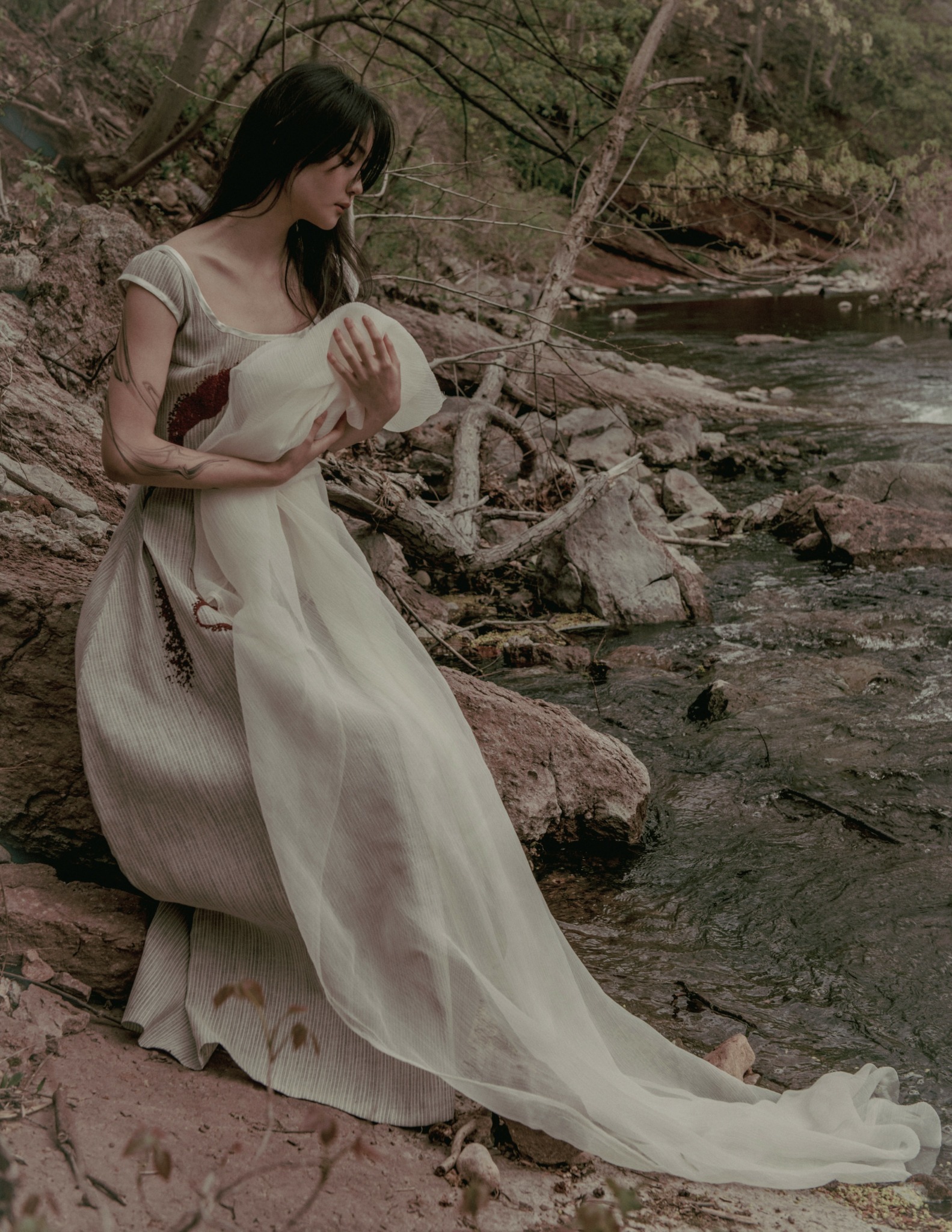

Image Credits
Photography
Alana Campbell
Models
Angie Zhang
Ashley Chang
Chloe Gulsvig


